Perched on a plateau of volcanic rock, Orvieto captivates visitors with its perfect blend of wine heritage and artistic splendor. Walking through this Umbrian town, I found myself drawn to the contrast between the golden mosaics of its magnificent Duomo and the ancient caves below where wines have aged for centuries.
Orvieto’s winemaking tradition and artistic achievements exist in beautiful harmony, creating an experience that engages all your senses.
The underground world of Orvieto offers a fascinating glimpse into the town’s viticultural history. During my visit to local wineries like Bigi, I discovered how traditional cellars carved from tufa rock create the ideal environment for aging their renowned white wines.
The winemakers proudly explained how native grapes like Roscetto develop vanilla and buttery notes when aged in oak, creating distinctive flavors that tell the story of this ancient landscape.
Standing in front of the breathtaking Duomo with a glass of local wine at sunset remains one of my most cherished Italian memories. The aperitif experience against the backdrop of the cathedral’s golden façade perfectly symbolizes what makes Orvieto special. Here, art and wine aren’t separate attractions—they’re intertwined expressions of a culture that has perfected the art of beauty and pleasure over centuries.
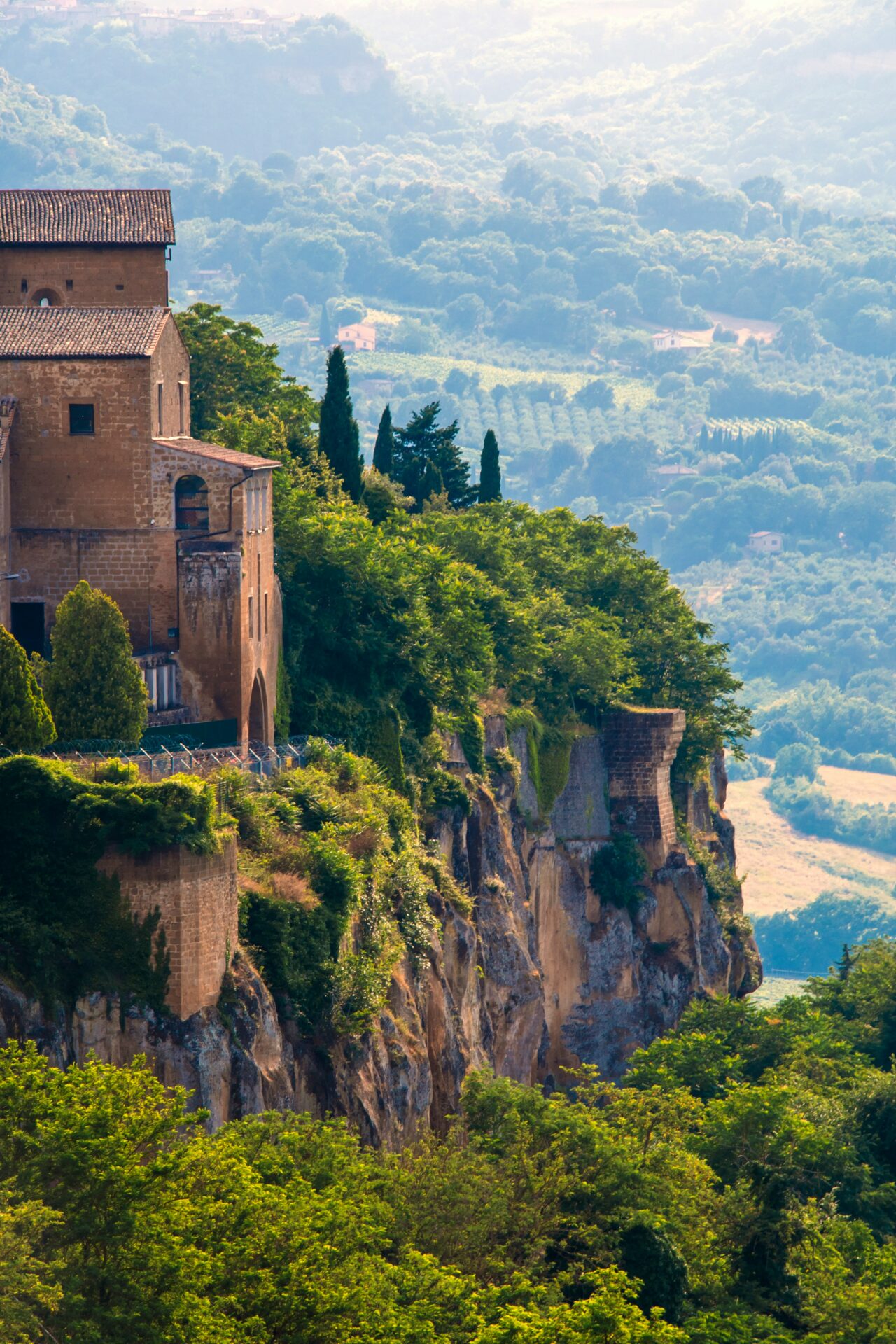
The History and Cultural Significance of Orvieto
Perched atop a volcanic rock in Umbria, Orvieto boasts a rich history spanning millions of years. The city’s strategic location made it important throughout different eras, from ancient Etruscan settlements to becoming a Renaissance jewel.
Orvieto’s Position in the Renaissance
During the Renaissance, Orvieto flourished as a cultural and artistic center. I was amazed to learn that the magnificent Cathedral of Orvieto, begun in the late 13th century, became a symbol of the city’s peak development during this period.
The cathedral showcases stunning Renaissance artistry with its striped marble façade and intricate decorations. Artists and craftsmen from across Italy contributed to Orvieto’s cultural landscape, establishing workshops that produced distinctive ceramics and other crafts.
Wine production, already ancient in origin, gained new prestige during the Renaissance. The famous “Orvieto Classico” white wine, called “Sun in a Bottle” by ancient Romans, became recognized throughout Europe.
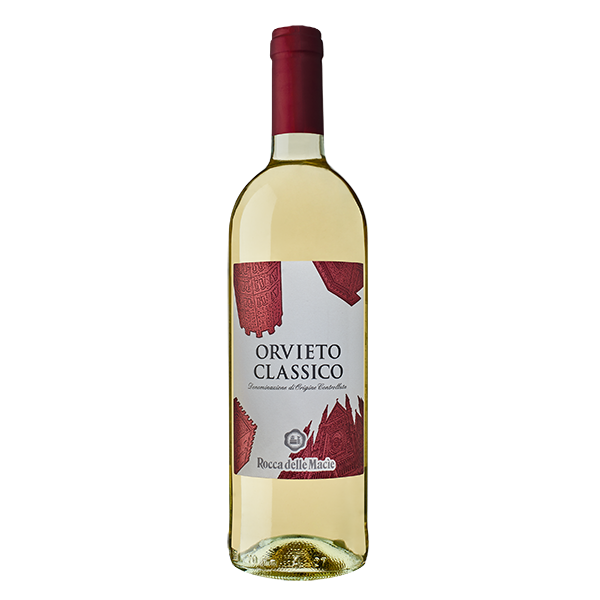
The Influence of Rome and Tuscany on Orvieto
Rome’s influence on Orvieto can’t be overstated. The papal presence was particularly strong, evidenced by the impressive papal palace adorned with beautiful art collections. Many popes sought refuge in Orvieto during troubled times in Rome.
I found it fascinating how Roman architectural styles blended with local traditions to create Orvieto’s unique aesthetic. The city’s Etruscan heritage, still visible in archaeological sites and museum artifacts, remained a cultural foundation even as Roman influences grew.
Neighboring Tuscany also shaped Orvieto’s development through trade routes and artistic exchanges. Tuscan artistic techniques merged with local craftsmanship, creating a distinctive Orvietan style in paintings, sculptures, and decorative arts.
Wine cultivation techniques from both Roman traditions and Tuscan innovations enhanced Orvieto’s viticulture, contributing to the enduring fame of its wines.
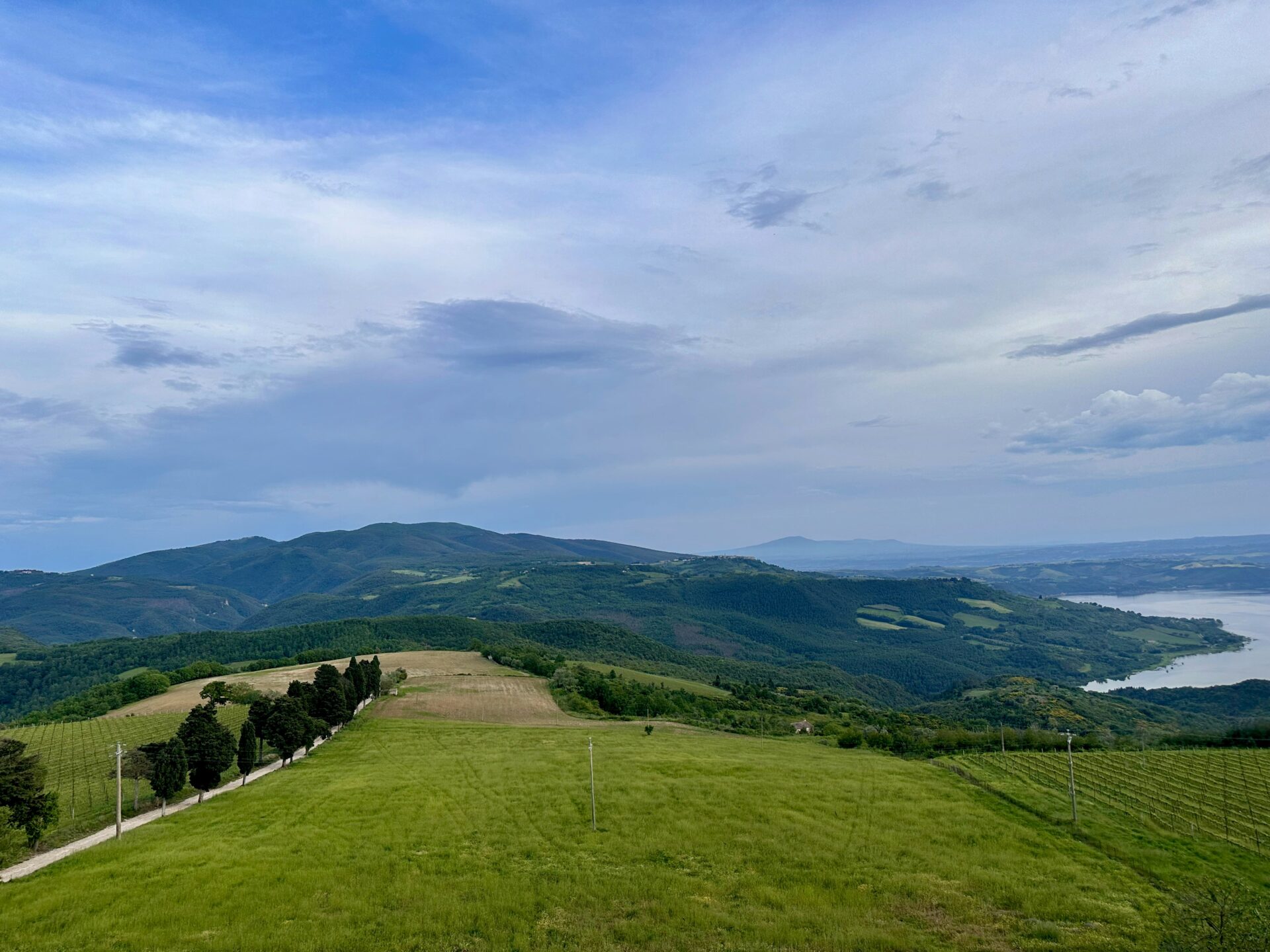
Orvieto’s Architectural Marvel: The Orvieto Cathedral
Standing atop the cliff of Orvieto, the magnificent Gothic cathedral captivates visitors with its stunning facade and artistic treasures. The cathedral, dedicated to the Assumption of the Virgin Mary, represents one of Italy’s most important religious buildings.
Artistic Treasures of the Cathedral
When I first stepped into Orvieto Cathedral, I was immediately struck by Luca Signorelli’s remarkable frescoes. These colorful masterpieces line the San Brizio Chapel, depicting scenes of the Apocalypse and Last Judgment with incredible detail.
The cathedral’s facade is a masterpiece of Italian Gothic architecture. It features intricate mosaics that glitter in the sunlight, telling biblical stories through vivid imagery.
Inside, stained glass windows filter colored light across the stone floors, creating an almost mystical atmosphere. I spent hours admiring the fine sculptures that adorn both the exterior and interior.
The variety of materials used throughout the cathedral makes it unique among Italian religious buildings. Marble, stone, and wood combine to create a harmonious blend of textures.
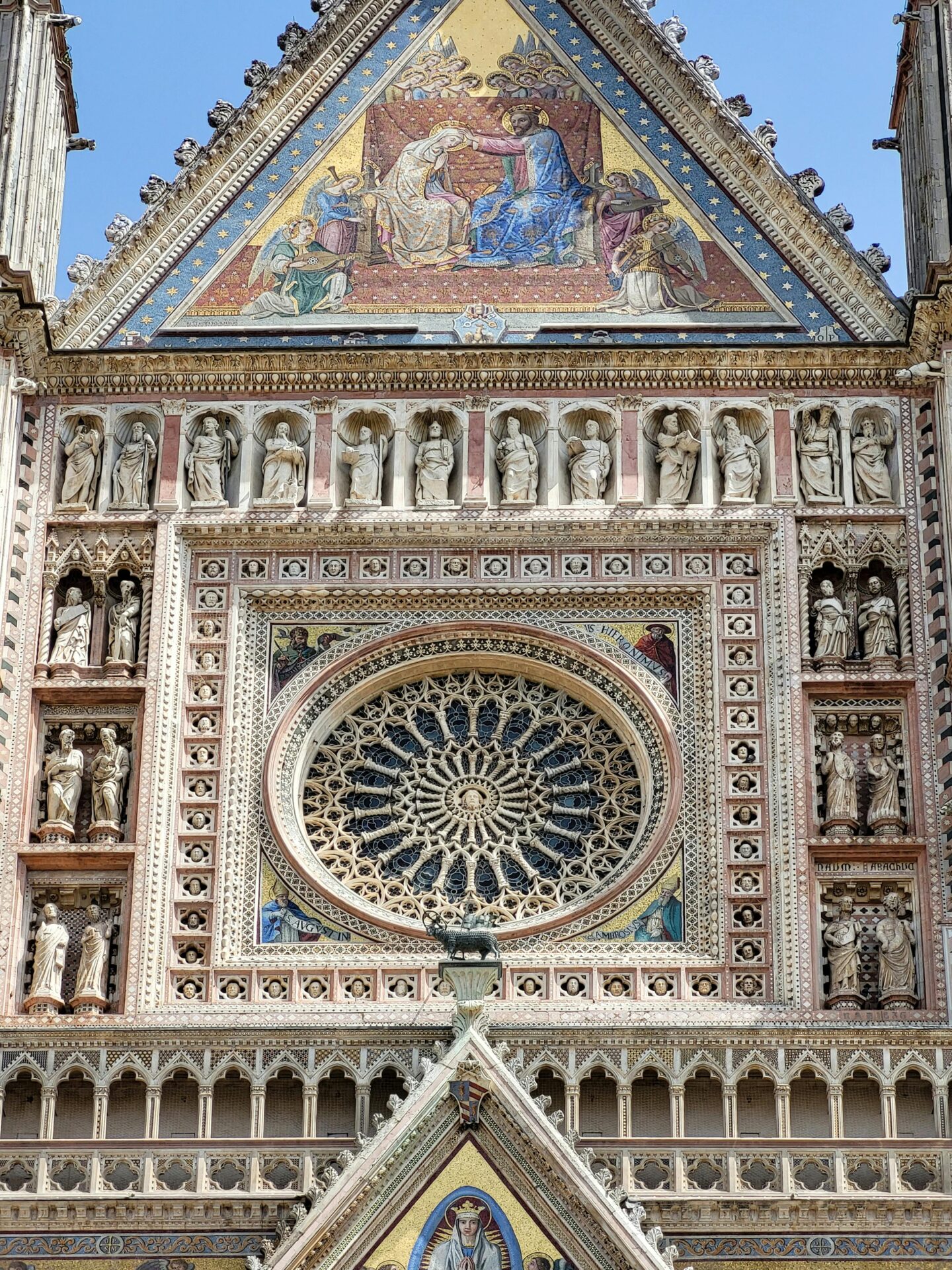
The Cathedral’s Gold Accents and Their Meanings
Gold elements throughout the cathedral symbolize divine light and heavenly glory. The golden mosaics on the facade catch the afternoon sun, making the entire building seem to glow.
Inside, I noticed gold leaf adorning many religious symbols, particularly around the altar area. This represents God’s eternal presence and the spiritual wealth of the church.
The golden details contrast beautifully with the darker stone elements. This visual contrast reflects the medieval concept of heaven’s brilliance compared to earthly existence.
Many religious artifacts inside feature gold accents, from chalices to reliquaries. These treasured items demonstrate both spiritual significance and the wealth the church accumulated during the 14th century.
The golden elements also serve to draw the eye upward toward heaven, encouraging spiritual contemplation. I found this architectural technique remarkably effective during my visit.
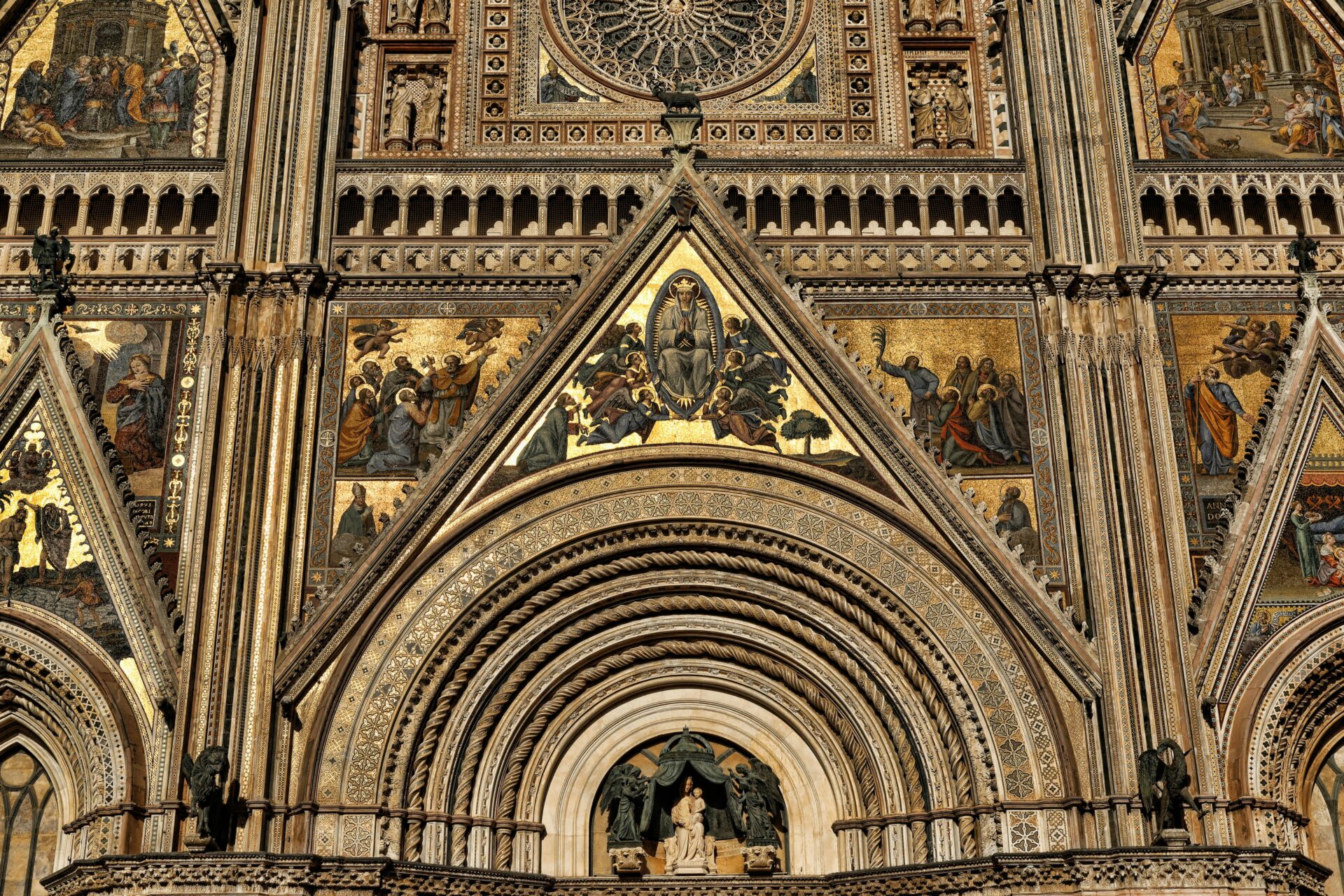
Essentials of Viticulture in Orvieto
Orvieto’s winemaking tradition dates back centuries, with the region’s unique geological and climatic conditions creating perfect conditions for distinctive wines. The limestone tuff that forms the foundation of this ancient city also contributes to the character of its renowned wines.
Grape Varietals and Wine Production Techniques
The white wines of Orvieto are the region’s claim to fame. Orvieto Classico and Orvieto Superiore dominate production, with Grechetto being the primary grape varietal. I’ve found that local winemakers blend it with Trebbiano, Malvasia, and sometimes Drupeggio to create the classic Orvieto profile.
Traditional production methods here honor centuries-old techniques. Many vintners still age their wines in caves carved into the tuff rock beneath the city, where temperature and humidity remain constant year-round.
During my visit to Tenuta Le Velette, I saw firsthand how these ancient cellars influence the wine’s development. The winemaker explained that modern technology complements these traditional approaches rather than replacing them.
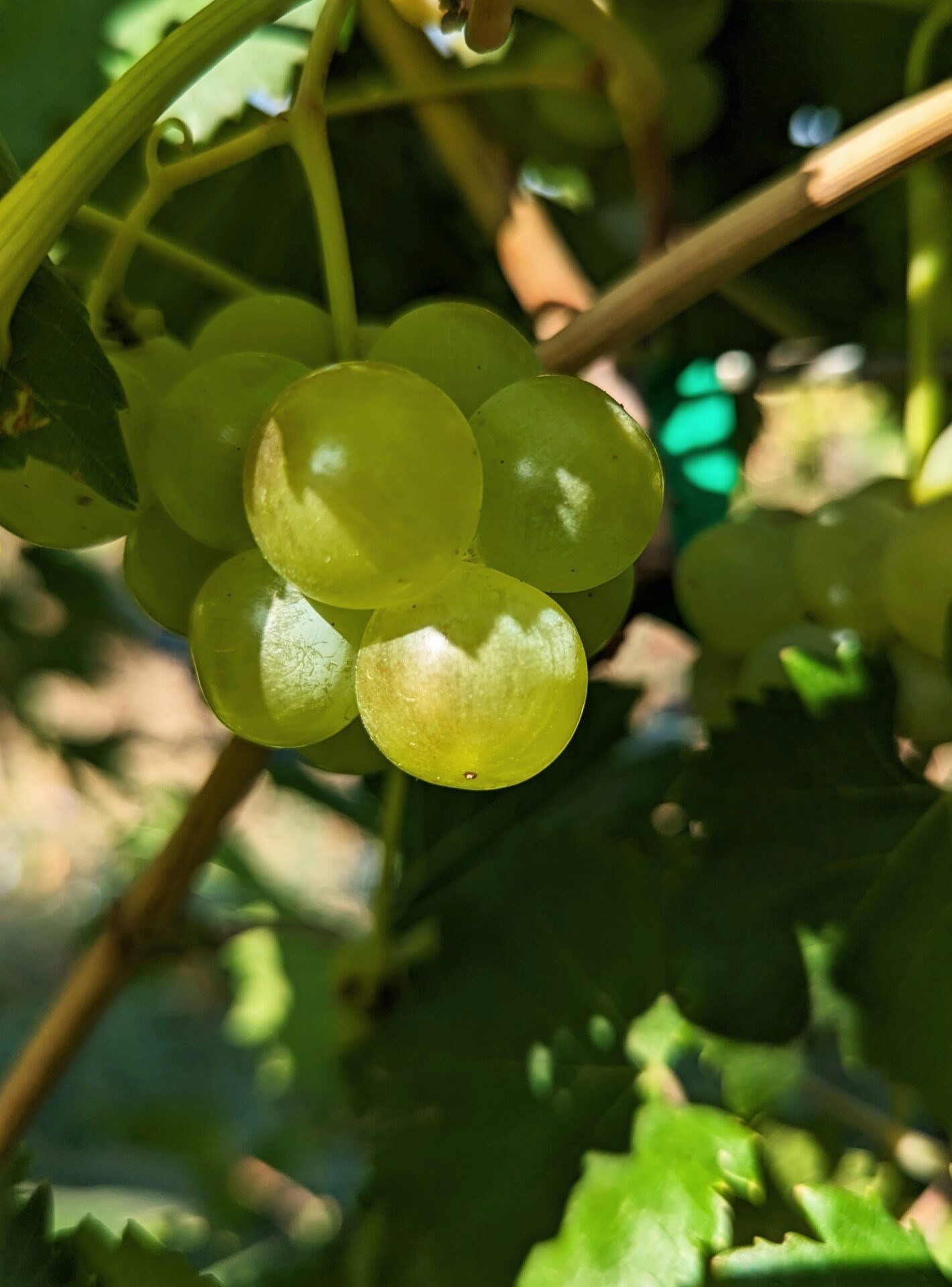
The Terroir and Its Effects on Orvieto Wines
The terroir of Orvieto creates truly distinctive wines. The volcanic soil, rich in minerals from ancient eruptions, gives the whites their characteristic crisp acidity and mineral notes.
I walked through vineyards positioned on gently sloping hillsides between Orvieto and Lake Bolsena. This location offers ideal sun exposure while maintaining cooler temperatures than surrounding areas.
The microclimate here benefits from lake effects and elevation differences. Morning mists from the lake provide humidity, while afternoon breezes prevent fungal diseases on the vines.
At Madonna del Latte, an organic vineyard I visited, they emphasized how these natural conditions allow for minimal intervention in the vineyards. The combination of volcanic soil, Mediterranean climate, and altitude variation creates wines with remarkable complexity and balance.
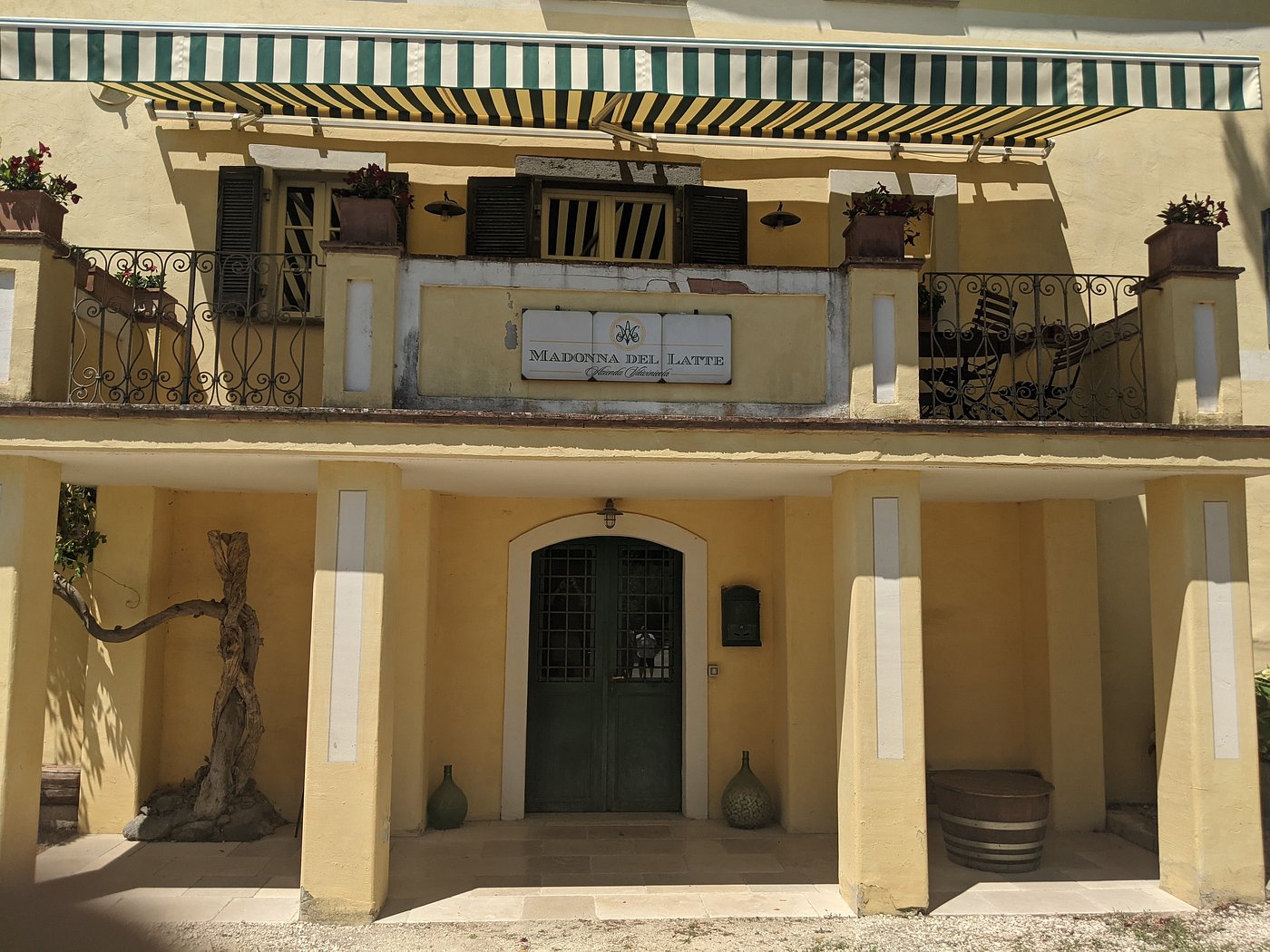
Delving into Orvieto’s Wine Cellars
Orvieto’s underground network runs deeper than just its famous tunnels and caves—it serves as the perfect natural environment for aging the region’s celebrated wines. The ancient cellars cut into volcanic tufa rock maintain ideal temperature and humidity year-round.
The Role of Wine Cellars in Preserving Local Wine Heritage
Walking through Orvieto’s historic wine cellars feels like stepping back in time. Many of these underground spaces date back to Etruscan times, carved directly into the soft tufa rock beneath the city.
I discovered that local winemakers have used these natural cellars for centuries to age their wines, particularly the famous Orvieto Classico. The consistent cool temperature (around 55°F) and perfect humidity create ideal conditions for wine maturation.
During my visit, a local vintner explained how these ancient cellars helped preserve winemaking traditions through generations. The porous tufa rock allows for subtle air exchange, giving Orvieto wines their distinctive character.
“Our wines tell the story of this land,” he told me as we tasted a crisp Grechetto varietal directly from the barrel.
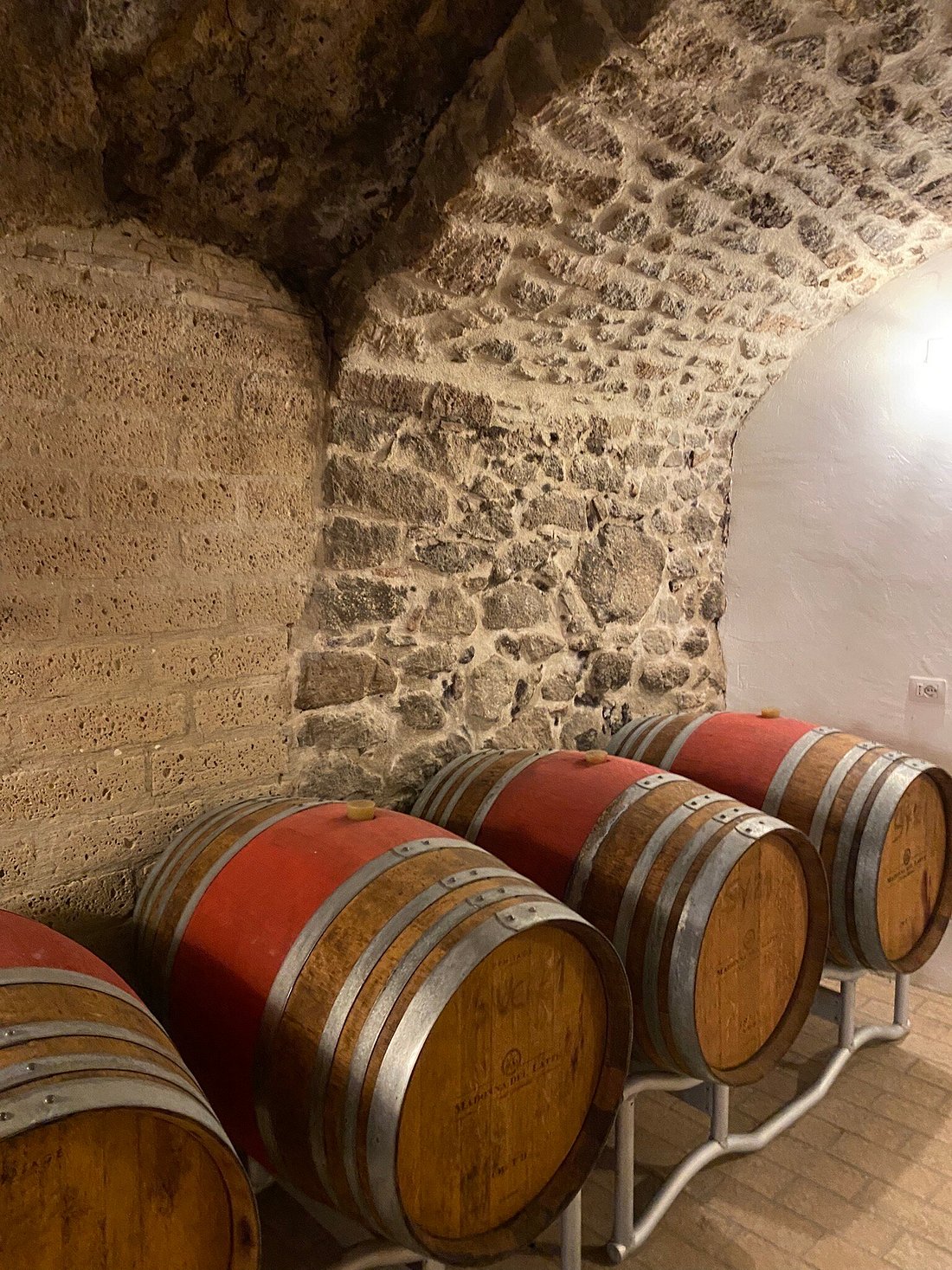
Innovative Wine Storage and Tasting Experiences
Today’s Orvieto wineries blend tradition with modern approaches to wine tourism. Many have transformed sections of their underground cellars into atmospheric tasting rooms where visitors can sample wines in the same spaces where they’re aged.
I joined a small-group tasting tour that combined history and flavor. Our guide led us through torch-lit tunnels before we emerged into a beautifully restored cellar lined with oak barrels and terracotta vessels.
Some innovative producers have installed glass floors in parts of their facilities, allowing visitors to see the ancient wine-making equipment below while enjoying modern tasting experiences above.
Most tours include sampling of 3-5 wines paired with local specialties:
- Orvieto Classico (white wine)
- Rosso Orvietano (red blend)
- Local olive oils and pecorino cheese
The contrast between ancient storage methods and contemporary wine tourism creates a fascinating experience you won’t find elsewhere in Italy.
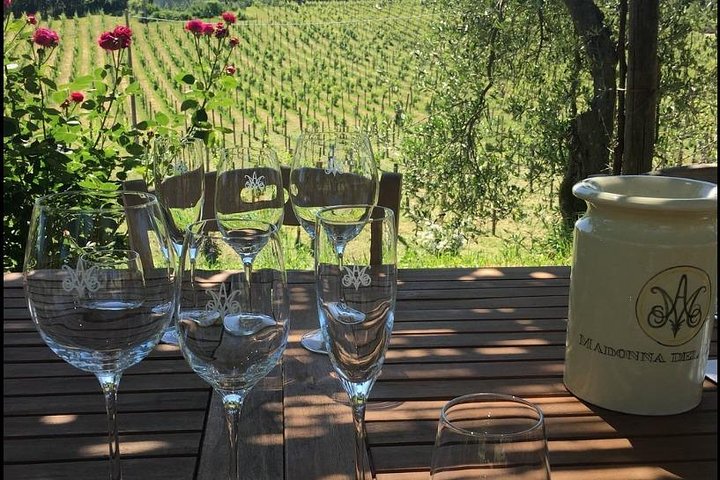
Orvieto’s Culinary Scene and Wine Pairings
Orvieto’s food culture is as rich and layered as its history, with traditional dishes that perfectly complement the region’s famous white wines. During my visits, I’ve discovered how local ingredients and cooking techniques have evolved alongside the area’s viticulture.
Local Delicacies and Their Complementary Wines
The cuisine of Orvieto revolves around simple, hearty dishes that showcase Umbrian flavors. I’ve found that the crisp, refreshing Orvieto Classico pairs beautifully with the local umbrichelli pasta – thick, hand-rolled noodles often served with truffle sauce.
Family-run wineries like Barberani produce elegant whites that match perfectly with fresh lake fish from nearby Lake Corbara. These delicate dishes need the mineral notes found in wines from the volcanic soils.
For meat lovers, Orvieto offers porchetta – herb-stuffed roast pork that calls for a more structured wine. I recommend trying:
- Roasted rabbit with local wines from Locanda Palazzone
- Aged pecorino cheese with Orvieto Classico Superiore
- Wild boar ragù with a fuller-bodied Orvieto reserve
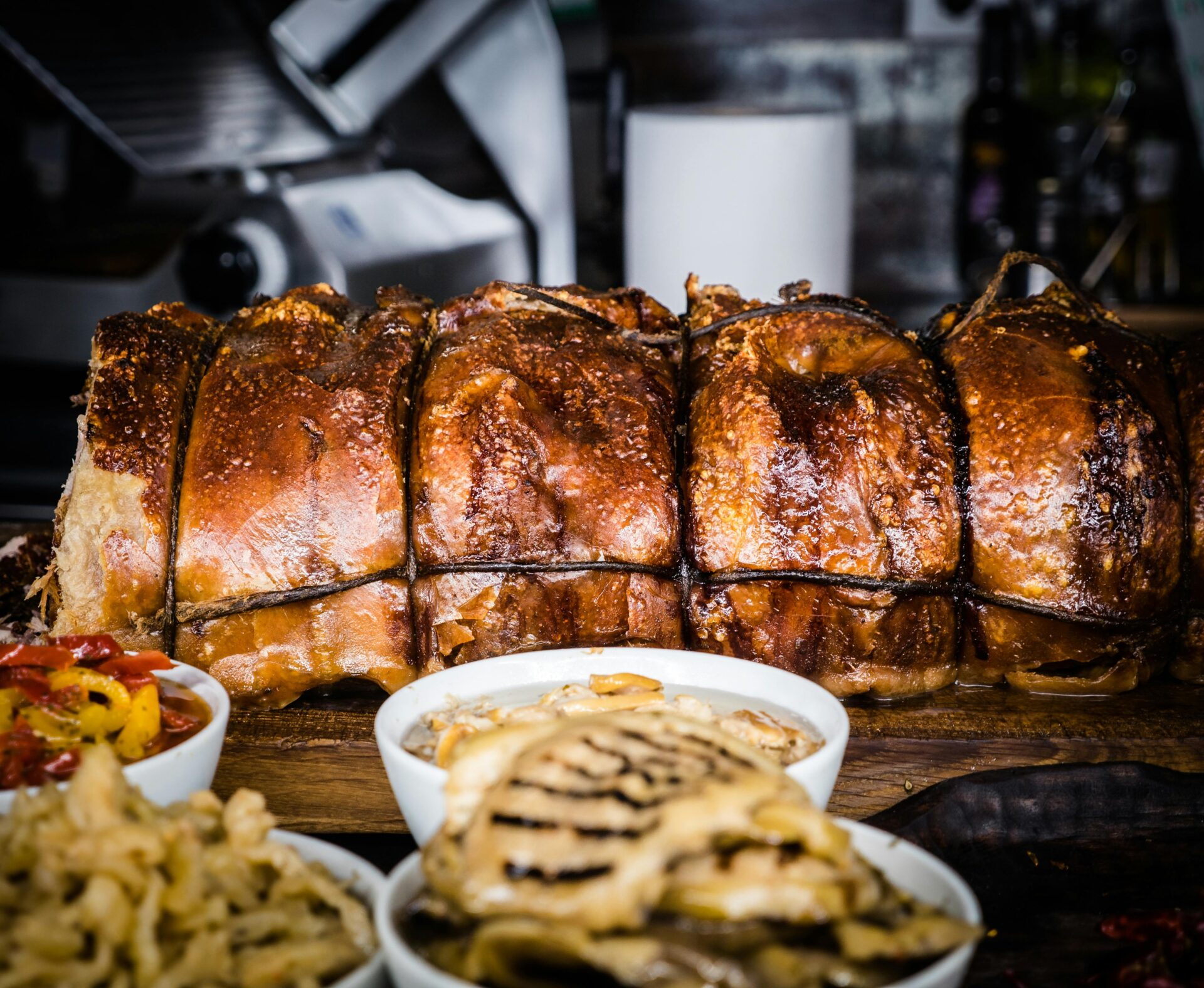
Cooking with Orvieto Wines: Recipes and Tips
I’ve learned that Orvieto wines aren’t just for drinking – they’re essential ingredients in local cooking. The wines’ bright acidity makes them perfect for risotto preparations, adding depth without overwhelming other flavors.
My favorite discovery was a simple chicken dish where the meat is braised in Orvieto wine with herbs from the surrounding hillsides. The wine’s natural fruitiness creates a light sauce that’s neither too rich nor too acidic.
When cooking with Orvieto wines, I follow these guidelines:
- Use younger wines for cooking to maintain freshness
- Reduce the wine slowly to preserve delicate flavors
- Pair bread dishes like bruschetta with the same wine you used in cooking
Many wine cellars in front of the Cathedral offer cooking classes. I’ve learned to incorporate wine into traditional Umbrian recipes using local olive oil rather than butter or lard.

